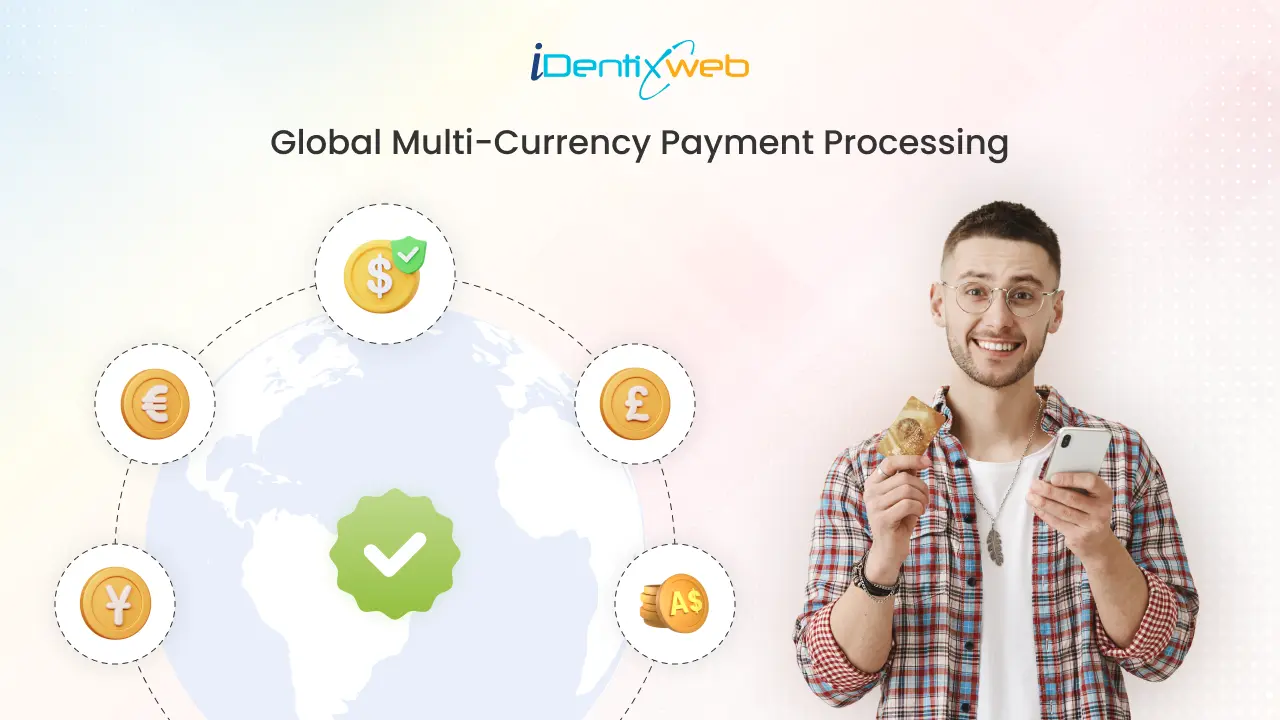
The global e-commerce market is projected to reach approximately $6.56 trillion in 2025, marking a 7.8% increase from the previous year. This growth underscores the expanding reach of online commerce across borders. As businesses look to tap into this vast market, offering products and services in multiple currencies becomes essential.
Multi currency payment processing removes the barriers between your business and global customers, transforming international expansion from a complex challenge into a streamlined growth opportunity.
This article delves into how multi currency payments work, outlines the payment process step-by-step, and demonstrates how the right technology can save money while strengthening vendor relationships.
What is Multi Currency Payment Processing?
Multi currency payment processing allows businesses to handle payments in multiple currencies, catering to global customers. As companies increasingly source products and services from international vendors, efficient payment systems are essential to manage cross-border transactions, international security regulations, hidden fees, and payment delays.
A multi currency payment solution streamlines this process, enabling businesses to offer a seamless, localized payment experience. It works through multi currency payment gateways and payment rails, handling currency conversion and ensuring smooth transactions with international customers.
Key Benefits of Multi Currency Payment Processing:
- Accepting multiple currencies helps you tap into international markets without the hassle of manual currency conversions.
- Customers are more likely to complete purchases when they see prices in their local currency.
- Offering a multi currency payment platform builds credibility by making transactions transparent and familiar.
- With a multi currency merchant account, settlements happen in your preferred currency, making accounting easier.
- Many businesses still operate with single-currency systems. Going multi-currency puts you ahead in the global competition.
How Multi-Currency Payment Processing Works: A Step-by-Step
Step 1: Choose Your Preferred Currency
When you visit the online store, the payment system will either automatically detect your location or allow you to select your preferred currency from a list of available options.
Step 2: See Prices in Your Local Currency
Once your currency is selected, product prices will be displayed in your local currency, calculated using real-time exchange rates, giving you a clearer and more familiar shopping experience.
Step 3: Enter Your Payment Information
After adding items to your cart, proceed to checkout and enter your payment details (credit card, bank transfer, etc.). The payment gateway will securely process the information.
Step 4: Automatic Currency Conversion (If Needed)
If the store’s primary currency differs from yours, the payment gateway will convert your payment into the store’s currency, applying the current exchange rate and any applicable fees.
Step 5: Transaction Authorization
The payment processor checks your transaction for security, verifies your payment method, and ensures sufficient funds are available before authorizing the payment.
Step 6: Receive Payment Confirmation
Once your payment is authorized, you’ll receive confirmation, and the funds will be transferred from your bank or payment provider to the store’s payment system.
Step 7: Store Receives Payment in Its Preferred Currency
The store receives the payment in its preferred currency (e.g., USD, EUR), and any currency conversion is handled automatically by the payment processor.
Step 8: Transaction Details and Reporting
You’ll receive a detailed summary of the transaction, including the original price, conversion rates, any fees charged, and the final amount processed in the store’s currency.
Which Businesses Need Multi Currency Payment Solutions?
Businesses and individuals use multi currency payments for a variety of reasons, including:
1. Global Business Transactions
Companies that operate internationally use multi-currency payments to handle transactions with customers, suppliers, and partners across different countries. This system simplifies cross-border payments and fosters stronger global business relationships by allowing payments in local currencies.
2. Ecommerce
Online businesses use multi-currency payments to serve a global audience. By enabling customers to pay in their native currency, businesses can enhance the shopping experience, reduce cart abandonment, and boost sales.
Platforms like Shopify make it easy for ecommerce businesses to implement multi-currency payment solutions. Shopify’s built-in multi-currency functionality allows store owners to accept payments in various currencies, simplifying the process for both businesses and customers.
3. Travel and Tourism
Travelers can use multi-currency payment systems to make purchases or withdraw local currency while visiting foreign countries. This eliminates the need for currency exchange and helps avoid unfavorable exchange rates.
4. Investments and Trading
Investors and traders involved in international markets use multi-currency payments to buy and sell assets. This facilitates seamless transactions and access to global financial markets.
5. Freelancing and Remote Work
Freelancers and remote workers receiving payments from international clients often rely on multi-currency payments. It allows them to receive funds in their preferred currency, simplifying financial management and reducing conversion costs.
Popular Multi Currency Payment Gateways
Here are some of the top gateways, each with unique features tailored to international businesses:
PayPal
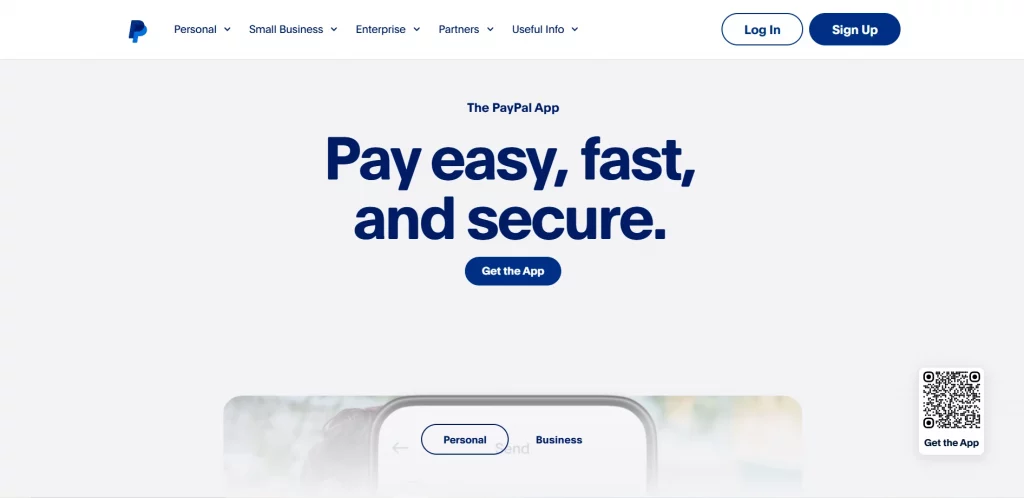
PayPal supports over 100 currencies, making it one of the most widely used and trusted payment gateways for global transactions. It’s an excellent choice for small and medium-sized businesses, offering an easy setup process and seamless integration with most ecommerce platforms.
Stripe
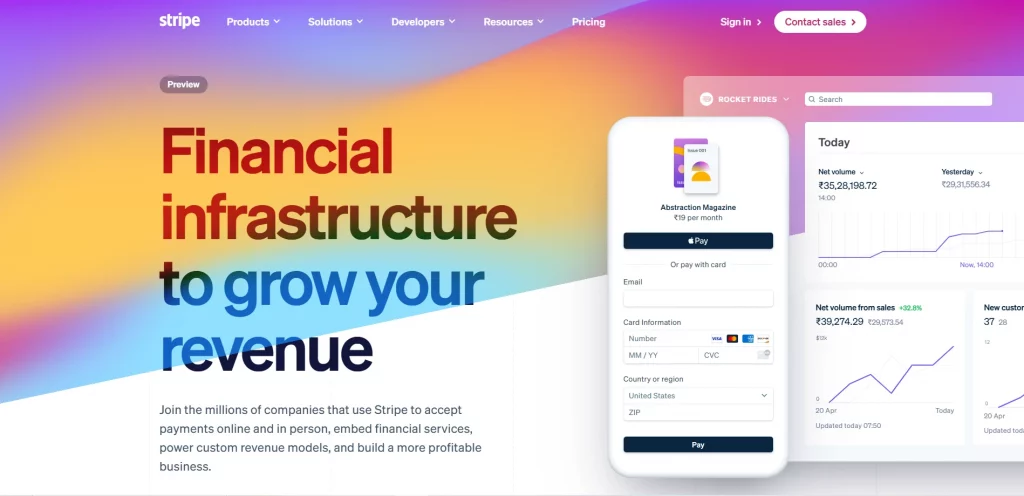
Stripe provides robust multi-currency support, allowing businesses to accept payments in over 135 currencies. It’s a favorite among tech-savvy merchants due to its developer-friendly tools and flexible integration options.
Adyen
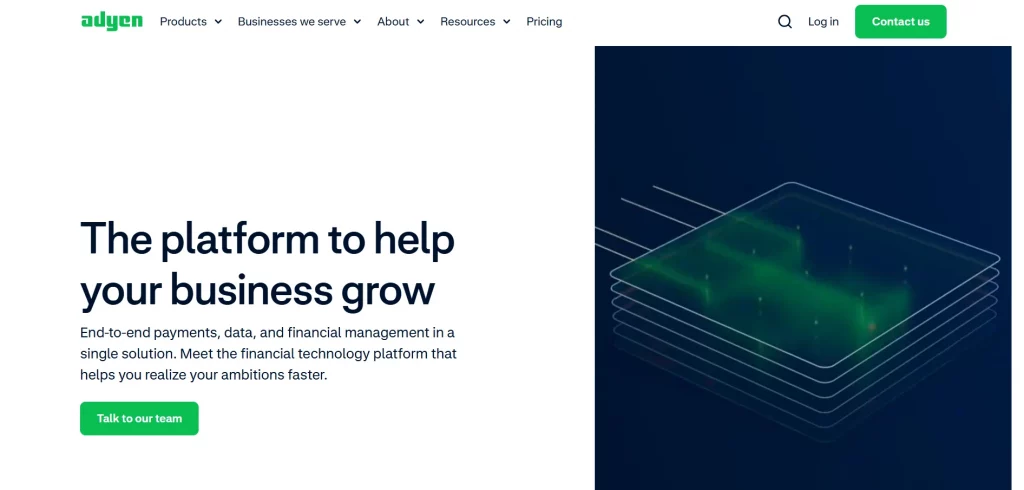
Adyen is a powerful multi-currency payment gateway used by large enterprises. It supports payments in over 150 currencies and offers a unified payment platform that works across multiple channels, including online, mobile, and in-store payments.
Worldpay
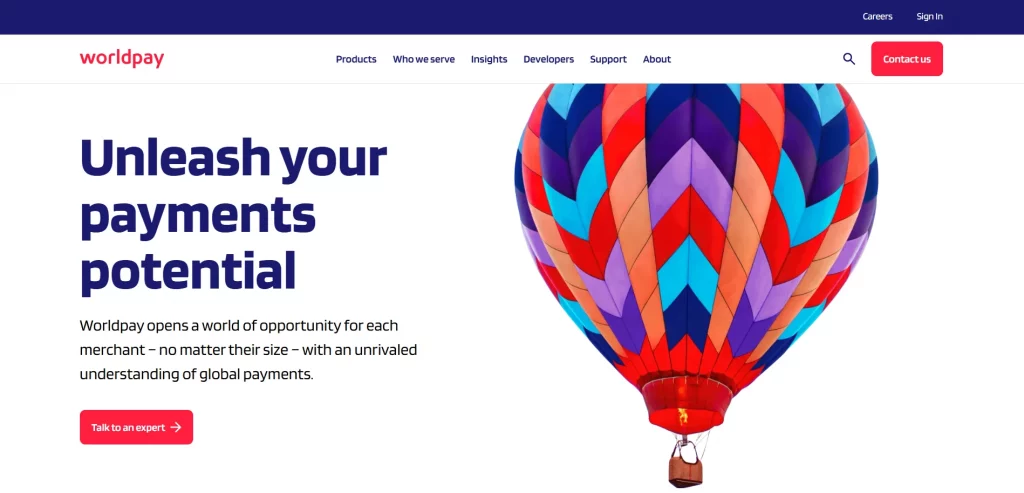
Worldpay is one of the leading payment processors worldwide, with support for over 120 currencies. It offers a secure and scalable solution, making it an excellent option for businesses of all sizes. Worldpay also offers competitive transaction rates and strong fraud protection features to ensure smooth and secure cross-border transactions.
Wrapping Up: How Multi Currency Payment Processing Fuels Growth
Multi currency payment processing is no longer optional, it’s a necessity for global businesses. By using the right multi currency payment platform, you can expand internationally, boost conversions, and simplify your payment operations.
Whether you’re just starting or scaling worldwide, investing in a reliable multi currency payment gateway and merchant account will set you up for success.
FAQs: Multi Currency Payment Processing
1. Can I accept payments in multiple currencies on my Shopify store?
Yes, Shopify Payments allows you to accept payments in multiple currencies, enabling customers to pay in their preferred currency while you receive payments in your store's primary currency.
2. What currencies are supported by multi-currency payment gateways?
The number of supported currencies varies by provider. Popular gateways like PayPal and Stripe support dozens of currencies, including USD, EUR, GBP, CAD, JPY, and more.
3. Do I need a special merchant account for multi-currency payments?
You may need a multi-currency merchant account, but many payment gateways offer integrated solutions, eliminating the need for a separate account.
4. What are the transaction fees for multi-currency payment gateways?
Transaction fees vary by provider. Most gateways charge a percentage of the transaction, and additional fees may apply for currency conversion. Compare providers for the best rates.
5. How can multi-currency payments improve customer satisfaction?
Multi-currency payments offer a localized experience, allowing customers to pay in their preferred currency. This reduces confusion, lowers cart abandonment, and increases trust, boosting customer loyalty.



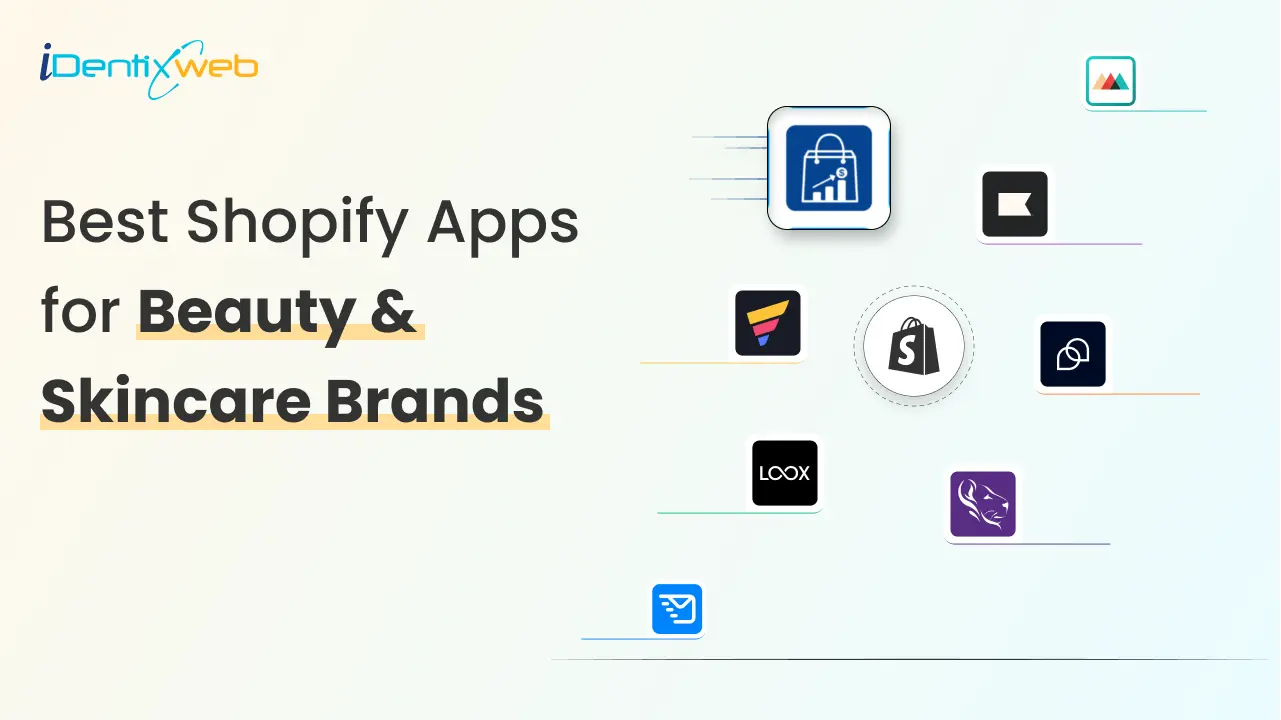
![How to Create Shopify Bundles With & Without an App [2025] How to Create Shopify Bundles With & Without an App [2025]](https://www.identixweb.com/wp-content/uploads/2025/11/10-11-Mon-Blog-How-to-Create-Shopify-Bundles_-With-Without-a-Shopify-App.webp)
![Black Friday Statistics: The Only Stats Merchants Need [2025] Black Friday Statistics: The Only Stats Merchants Need [2025]](https://www.identixweb.com/wp-content/uploads/2025/11/10-11-Mon-Blog-Top-Black-Friday-Stats-Every-Online-Merchant-Should-Know.webp)

About the author
Bhavesha Ghatode
Explore Content with Bhavesha, a passionate and dedicated technical content writer with a keen understanding of e-commerce trends. She is committed to sharing valuable insights, practical assets, and the latest trends that can help businesses thrive in a competitive environment.